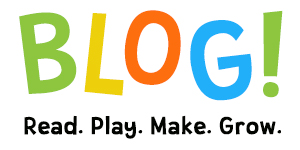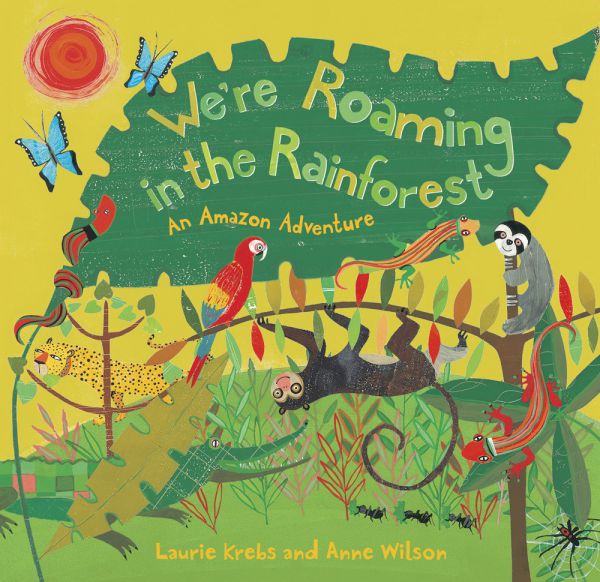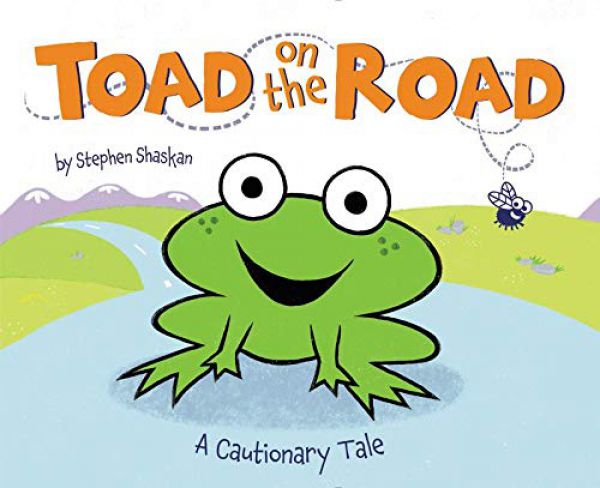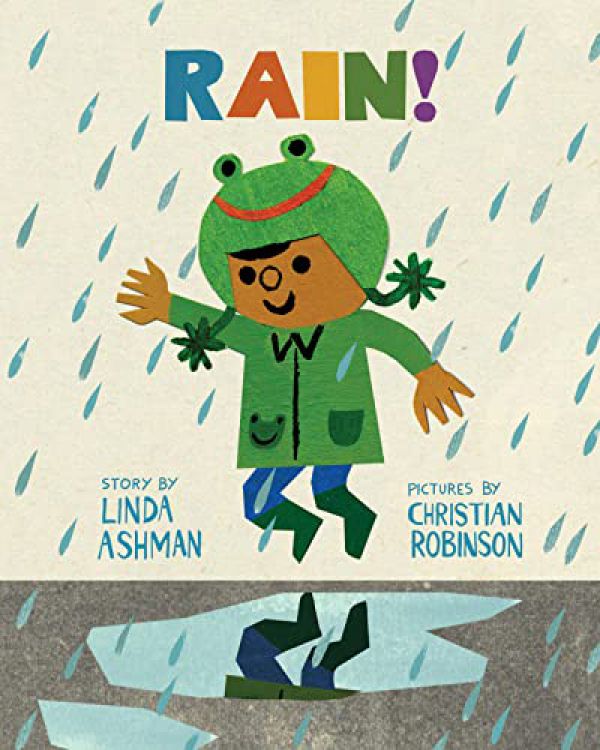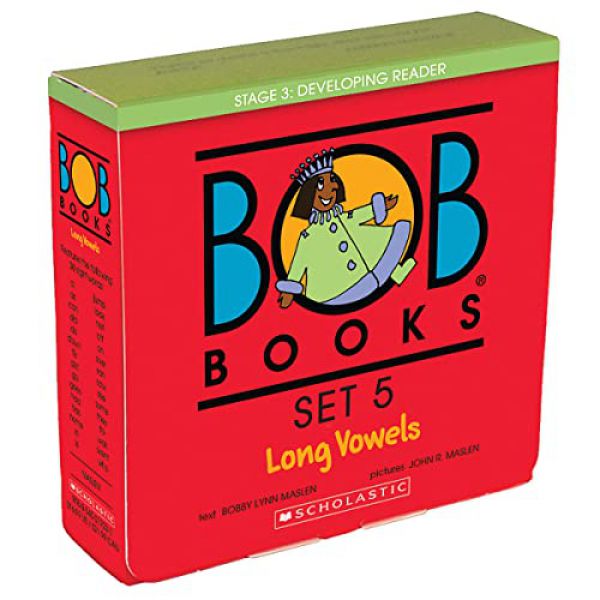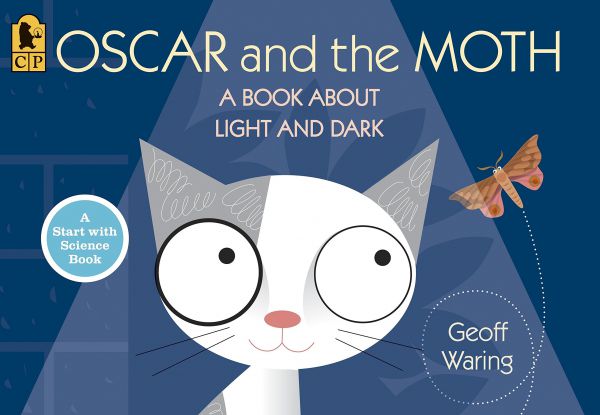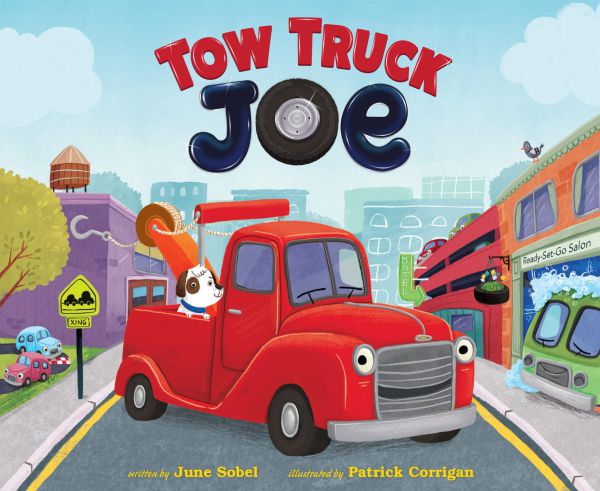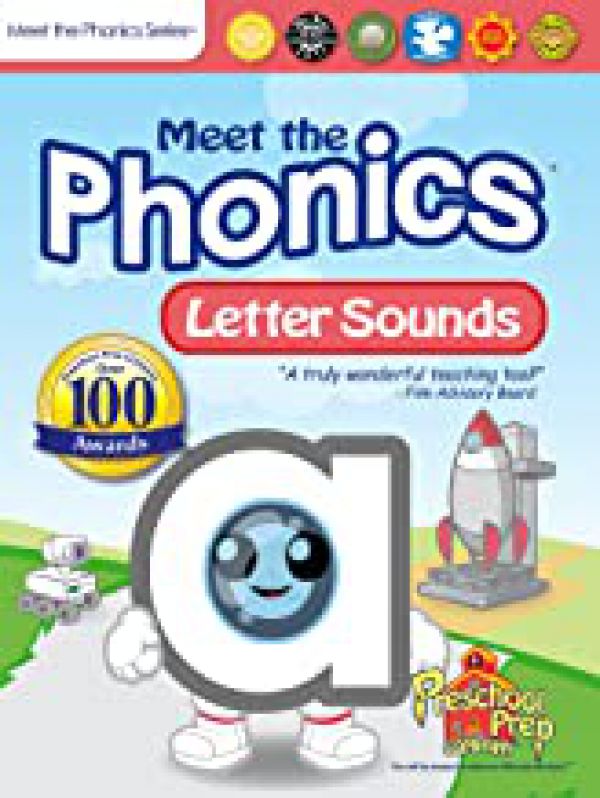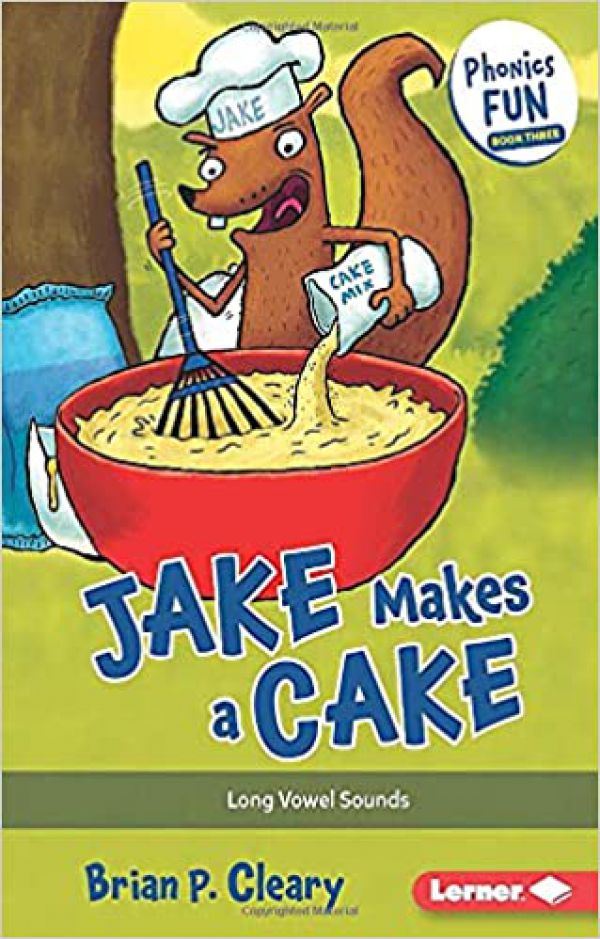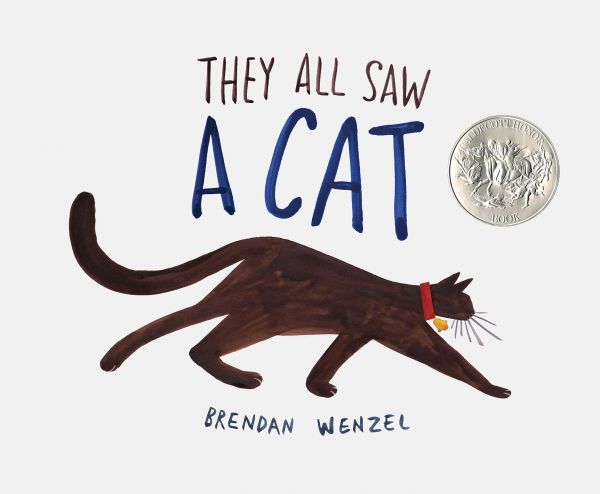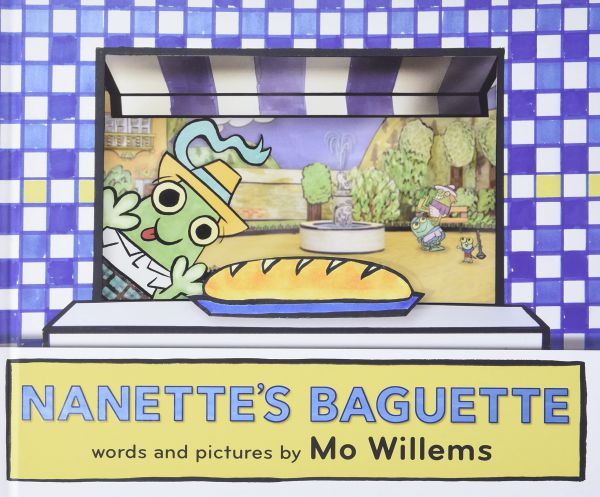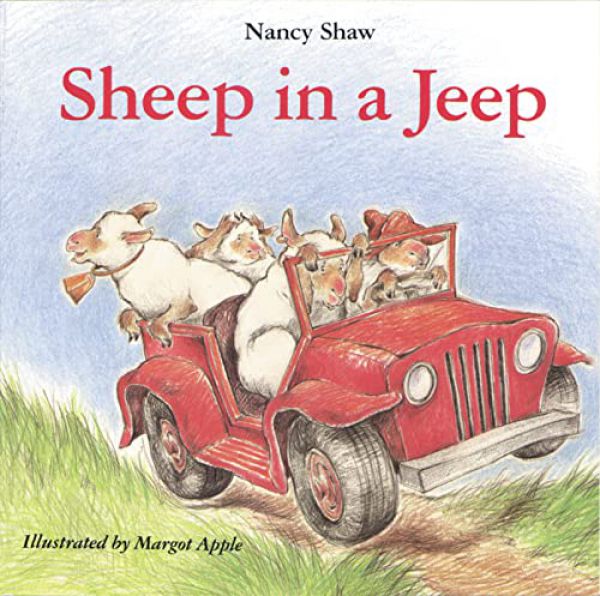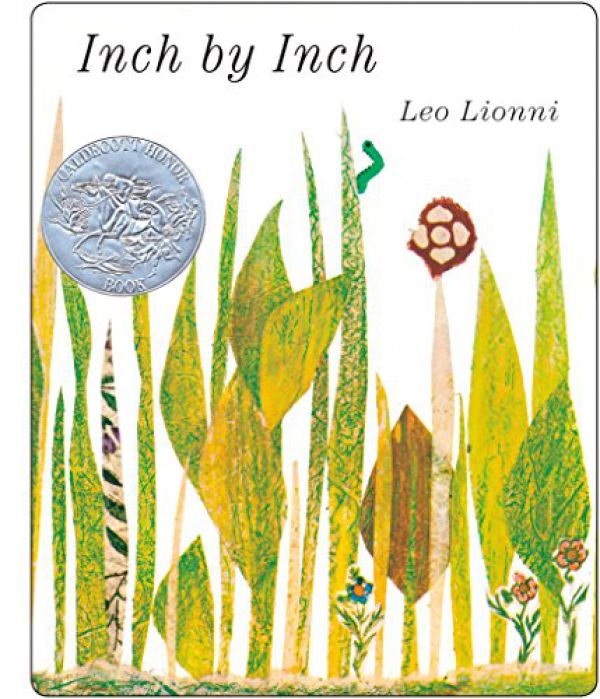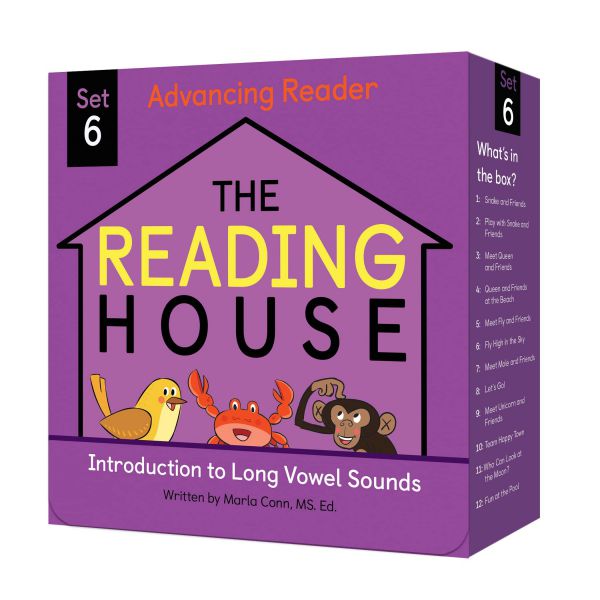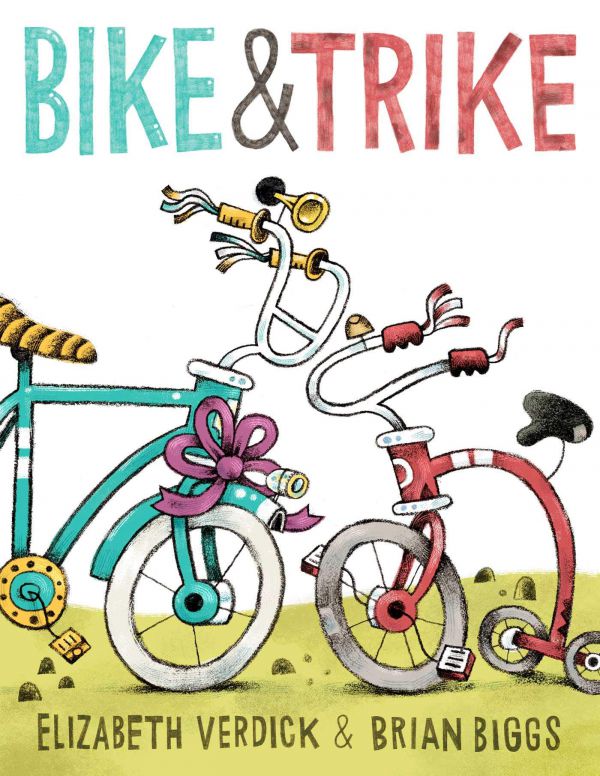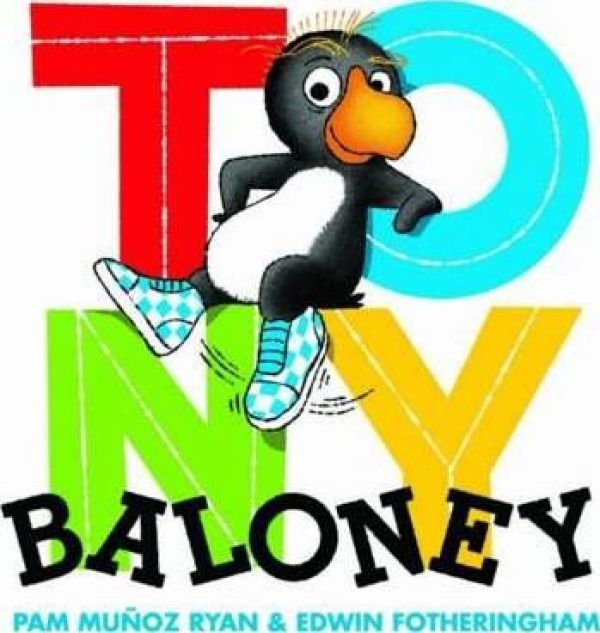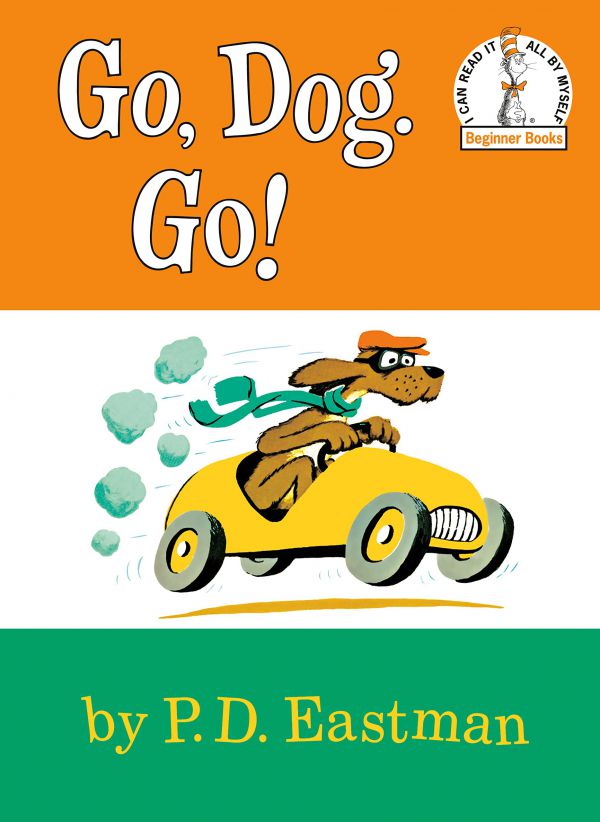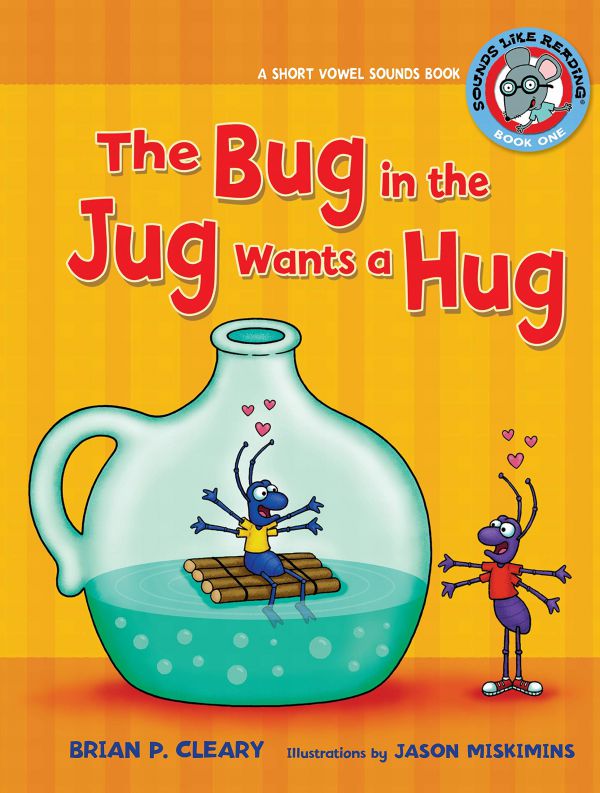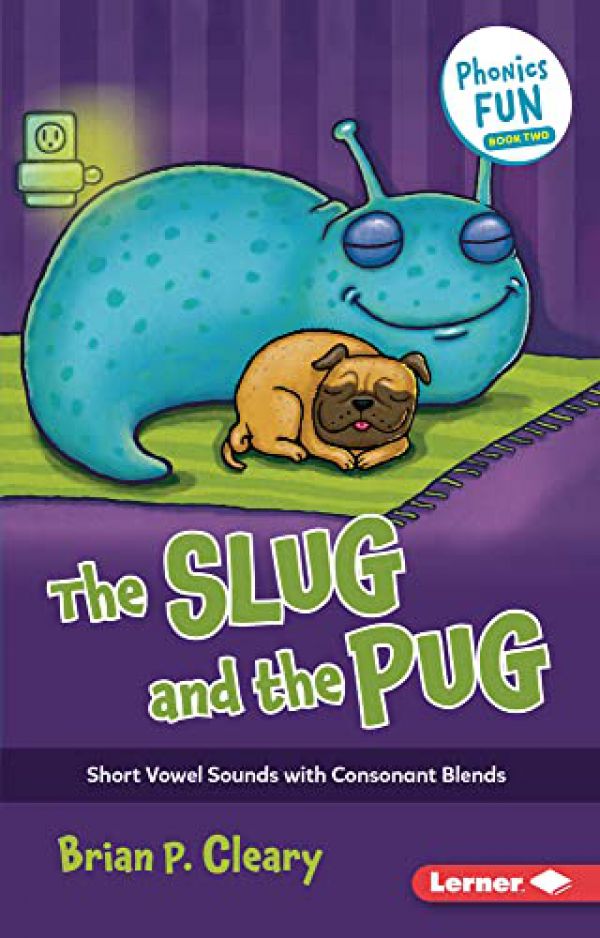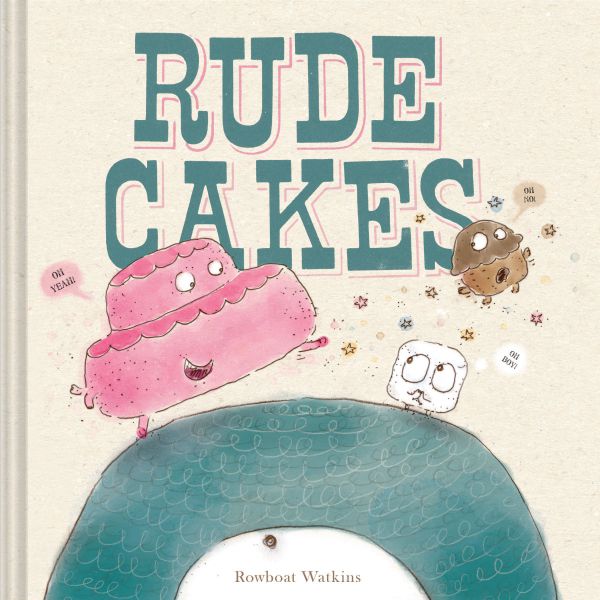-
GOOOO Vowel Teams!
In our last literacy blog, Let’s Hear It For The Vowels, we introduced vowels a,e,i,o,u , sometimes y, and the sounds they make. Now it’s time to start talking about how vowels work as a team. That’s right, sometimes vowels team up, just like your favorite sports team. These teams work together to make a specific sound. Go team!
There are a lot of vowel teams out there. For our post today, we’re going to focus on beginning vowel teams.
Fast Tip: Keep in mind, vowels can be tricky because there are no set rules that apply to vowels all of the time. The "rules" are more generalizations.
But, with a little patience and practice, your emerging reader will be a pro in no time!
Your Vowel Team Starting Lineup
Let’s start learning about teamwork with vowels by introducing our starting lineup of vowel teams. These teams are the most common, and the most mighty!
Long A Team ….-ai, -ay, - a_e (long a words: paint, say, game)
Long E Team ….–ea, -ee, e_e (long e words: reach, tree,eve)
Long O Team….. -oa, -oe, o_e (long o words: boat, toe, cone)
Long U Team….-ue, -ew, u_e (long u words: glue, few, cube)
Fast Tip: The two vowels in a vowel team work together to make one vowel sound so they can’t be split up.
After your reader is successful with these vowel teams, you can expand your line-up by introducing other combinations.
The Tricky Teammate: Silent E
A common teammate in words is the silent e. Sometimes the vowel e can get a little sneaky and remain silent. This can happen when the e comes at the end of the word and there is a consonant between a vowel and the letter e.
For example, the word take is pronouncedtāk because the e remains silent.
Vowel Consonant e (V_e) is when one vowel is followed by a consonant and the letter e.
Examples of vowel, consonant, and “silent e” are:
a_e game (silent e makes letter a say its name)
e_e eve (silent e makes letter e say its name)
I_e bike (silent e makes letter i say its name)
o_e cone (silent e makes letter 0 say its name)
u_e cute (silent 3 makes letter u say its name)
Ready to get to know more about your vowel teams? We have some great books in the library to add to your practice!
Teaching and Practicing Each Vowel Team
Lace up your tennis shoes and grab your gear, it’s time to practice with your vowel teams! Here are a few activities you can do anytime to introduce and reinforce vowel teams.
GAME PLAN for teaching each vowel team: (Teach one vowel team per week)
Select the vowel team you wish to introduce, and create word cards that focus on that one vowel team. List provided below for your convenience.
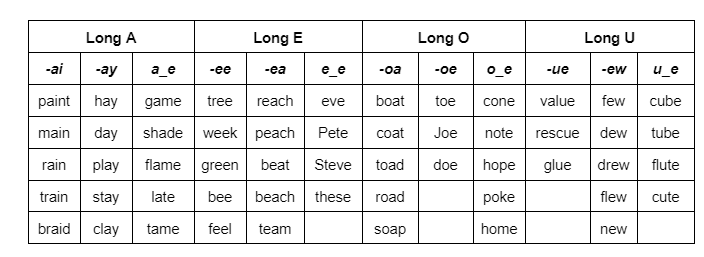
ai and ay are great vowel teams to start with because they are common and have a predictable pattern.
Read aloud the word cards (do not show words or word cards) to your young reader. Prompt your student by saying, “What common sound do you hear in these words: “rain, paint, train.” (Student identifies long a sound by hearing and has not yet seen the words or letters)
When your young reader is ready, have your young reader practice decoding word cards by highlighting the vowel team and saying aloud the corresponding sound. When your young reader highlights the vowel teams, it helps them remember the teams by emphasizing the letter patterns and their corresponding sound.
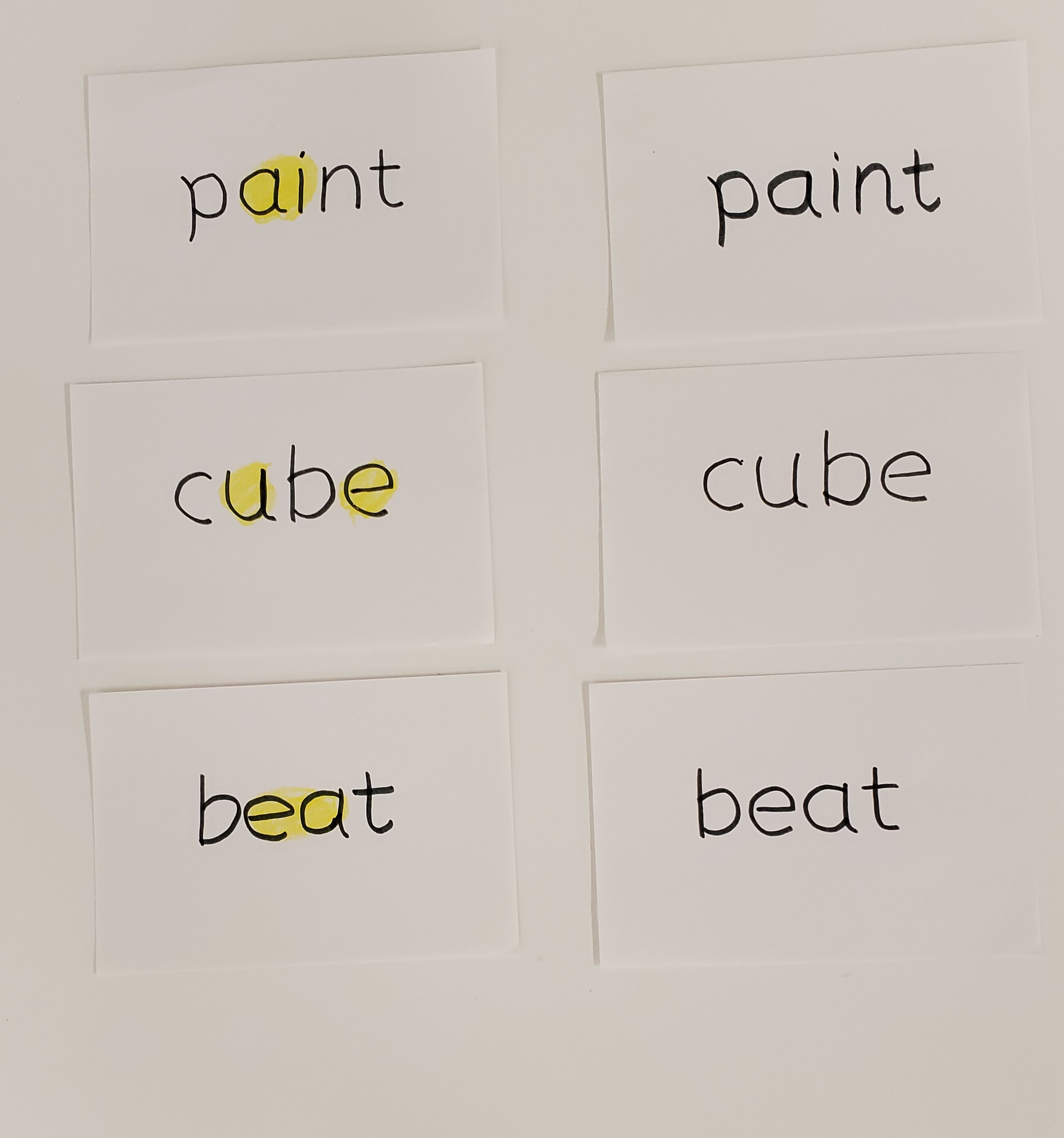
GAME PLAN for Practicing Vowel Teams
This Activity is sure to be a SLAM DUNK!
Use a cup, a small container, or even a trash can. Take turns saying the word and the vowel team, then crumble the paper and shoot for a point!
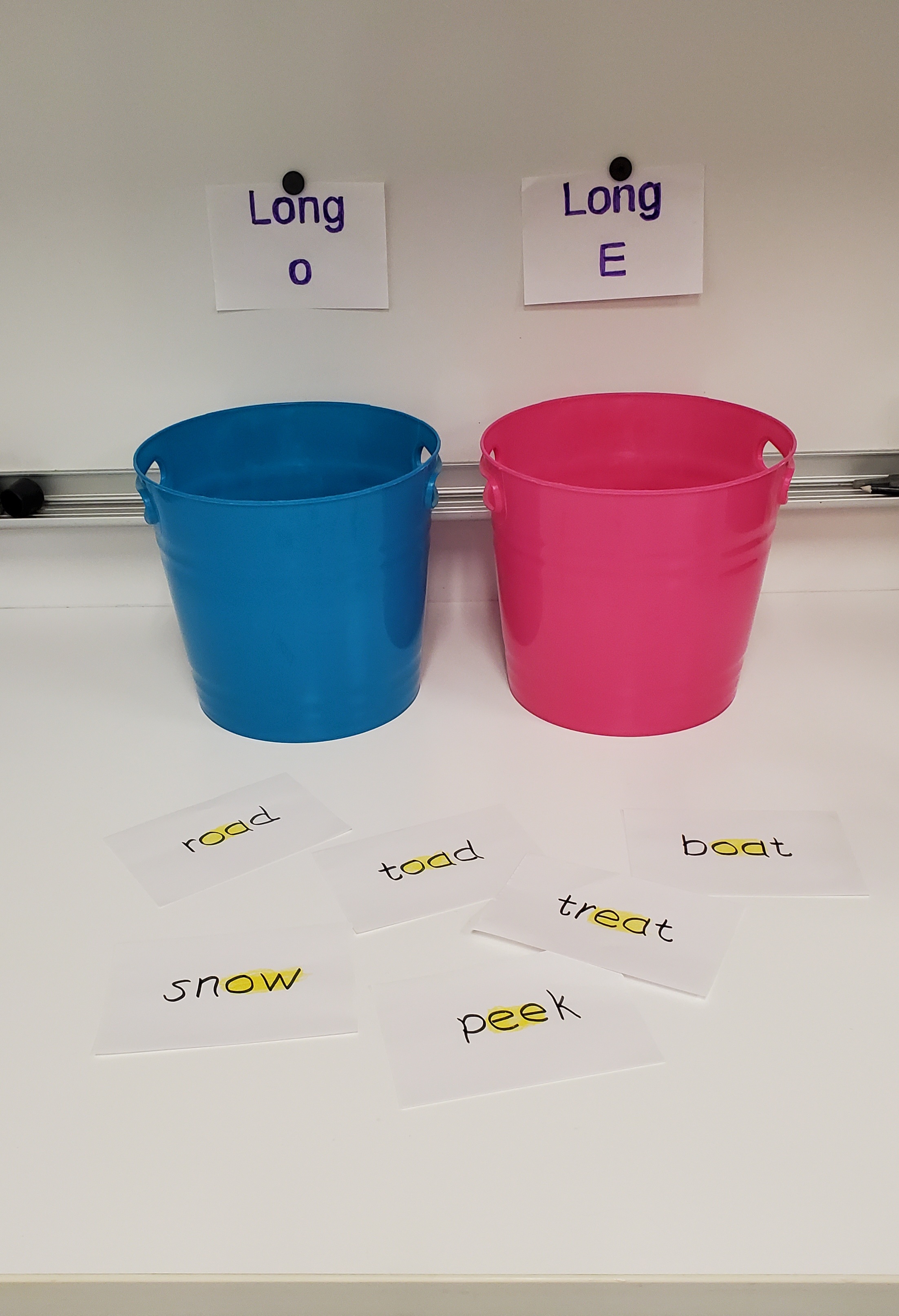
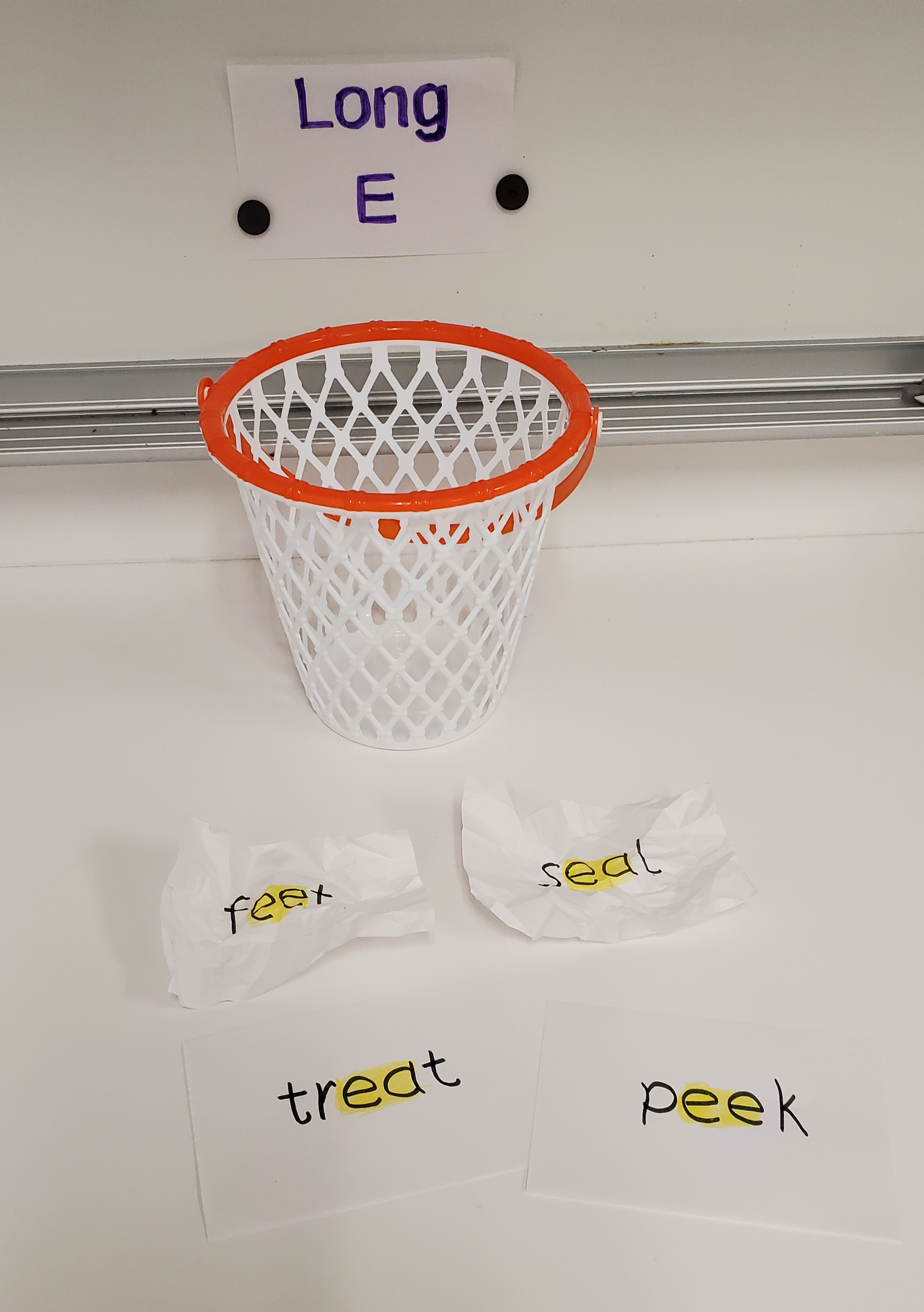
Extend and Explore
- ? For a challenge, add another container and word cards from two different “teams.” When shooting, be sure to choose the correct “basketball hoop” that corresponds with your word card/vowel team.
- ?Vary the distance from where you take the shot.
- Shoot from the closest spot (slam dunk) for 1 point.
- Shoot from the medium spot for 2 points.
- Shoot from the farthest spot for 3 points.
Yaaaay Team!
Cheerleaders always say, “YAY,” when they clap and cheer. Listen for the Long A sound, underline the spelling patterns for Long A, and then sort/ or write them, on the corresponding pom pom.
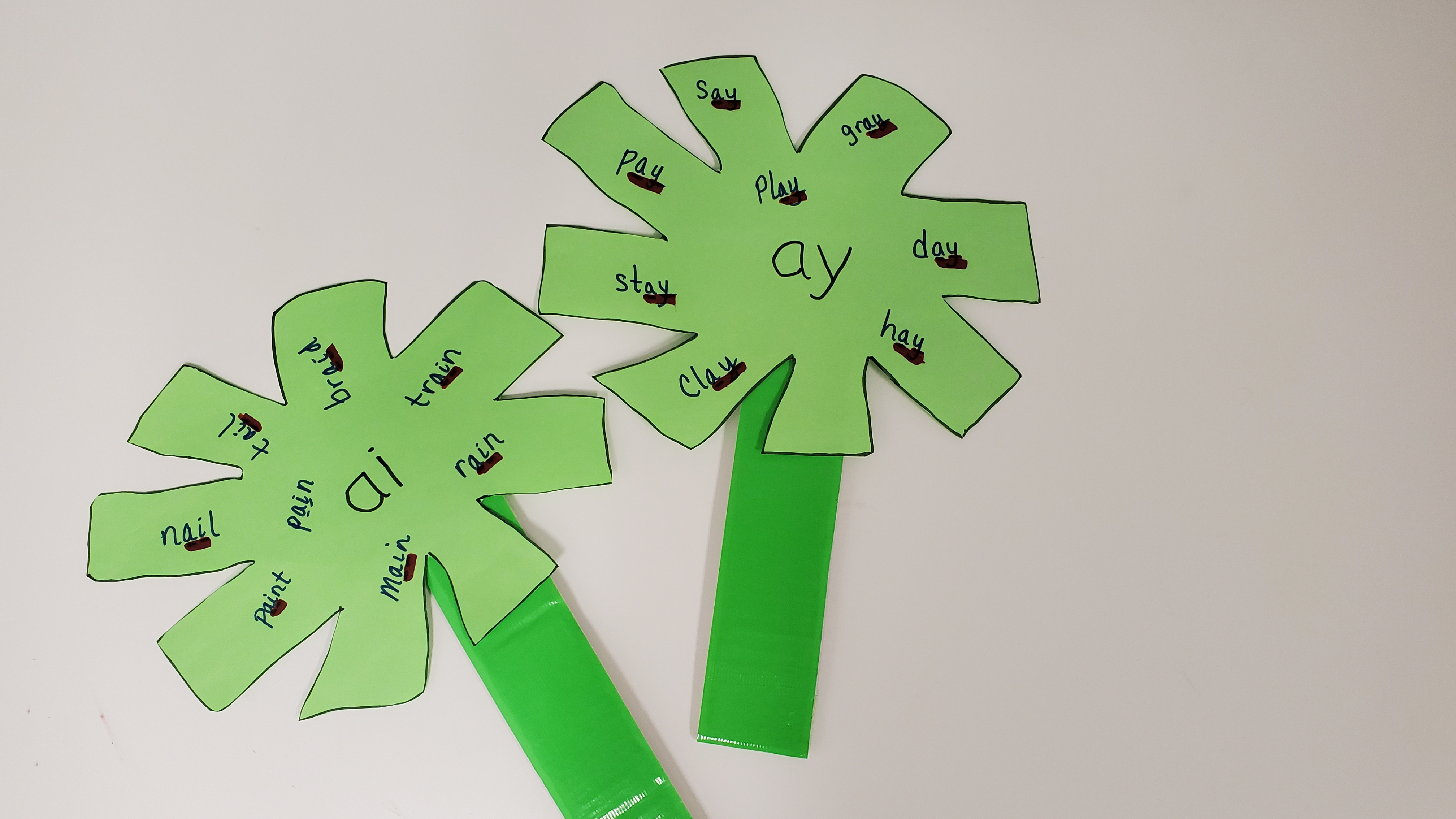
Extend and Explore
Create another pom pom that allows the vowel, consonant, silent e (a_e) word pattern. Say the word, write the word on your pom pom, and underline the spelling pattern. How many words are on your silent e pom pom?
Tongue Twisters and Poems
You and your beginning reader can create and write a silly poem or tongue twister. Help your beginning reader recognize vowel teams by highlighting the repeated sounds in the poem or tongue twister.
Extend and Explore
Repeated readings by your young reader is a practice that aims to increase oral reading fluency. A fun way to practice is to have your reader use different voices as they read. For example, read the poem/tongue twister using a robot voice, a mouse voice, a princess voice, or a cowboy voice. Be silly, have fun, and watch your reader grow in fluency and confidence!
Practice Makes Perfect!
Understanding word structure can be challenging. Like in anything in life, the more practice and exposure to a concept, the easier it will become for your reader. Be sure review, and if you see your reader getting frustrated, feel free to go back and review single vowel sounds or letter recognition. The most important thing to remember is to have fun!
Be sure to check out our Beginning and Early Reader Kits, available in the YS Department.
 Youth Services Assistant Librarian Erin
Youth Services Assistant Librarian Erin Youth Services Assistant Librarian Karen
Youth Services Assistant Librarian Karen -
Building with Vowels
Let’s hear it for the vowels!
Get to Know Short and Long Vowels
Recognizing letter sounds is a fundamental part of learning how to read. Now that your beginning reader is familiar with consonants, it’s time to introduce 5 (sometimes 6) letters that make it even easier to begin decoding words.Vowels – a, e, i,o, u, and sometimes y –are found in every word and can be tricky for new readers. However, a little daily practice at home can make vowel letters and sounds less intimidating.
Short vs. Long
Vowels are tricky because they can say different sounds, a long sound and short sound.
The long sound, like the i in light, is when the vowel says its name.
The short sound, like the a in cat, is when it has a specific sound.
When learning vowels and their pronunciation, you may see symbols above the vowels. These symbols tell the reader if the vowel is long or short.
- The long vowel sound symbol is a horizontal line above the vowel called a macron. They look like this: Ā or ā. For example; the pronunciation of light would look like this: līght.
- The short vowel sound symbol is a curved line above the vowel called a breve. They look like this: Ă or ă. For example; the pronunciation of cat would look like this:căt.
Fast tip: Many of the words that have a short vowel sound follow a pattern. This pattern is called CVC. Which means a consonant, a vowel, and another consonant.
For example: bed follows the CVC pattern. b ( consonant), e (vowel), and d (consonant).
Fast tip: The letter “y” is likely to make a long or short vowel sound when found at the end of a word.
For example:
In a one syllable word “Y” says “I” Example: cry, shy, try,
In a two syllable word “Y” says “E” Example: bunny, happy, city
Great reads that showcase vowels...
Activities to Try
Word Building
CVC words are an important tool for beginning readers, yet no hard hats or hammers will be necessary for this activity. The goal is to create words using consonant and vowel letters to become an expert word builder.
To begin:
1. Divide a plate or tray into thirds.
2. Create two labels similar to the ones shown below. ( VOWELS & CONSONANTS)
3. Create letter tiles using squares of paper, similar to what is shown below. Consonants are in black and vowels are in red. These can be created on a computer or they can be handwritten and cut out.
4. The bottom section will be used for the word you and your child build together.


Explore and Extend
Change it up: Give your child a word and then ask them to switch it to another word by changing one tile only. For example, if you made the word cat you can switch the first letter c to a b to make- bat.
Your beginning reader would select the one tile to change.
Word Ladders: Give 3 letter tiles to build a CVC word. Then switch the initial sound from “cat” to “bat” to “sat.”
Practice makes progress-make it a song!
Short vowel sounds, like consonant sounds, take a little practice.Try practicing short vowel sounds in familiar songs.You can sing these practice songs in the car, in the bathtub, or at the park.
Old MacDonald had a farm a-e-i-e-i-o.
And on that farm he had a cat.
With an {short a sound here} {short a sound here} here
And an {short a sound here} {short a sound here} there
Here an {short a sound here}
There a {short a sound here}
Everywhere a {short a sound here} {short a sound here}
Old MacDonald had a farm, a-e-i-e-i-o!
Example of a song using this trick
Old MacDonald had a farm a-e-i-e-i-o
And on that farm he had a hen
And on that farm he had a pig
And on that farm he had a dog
And on that farm he had a duck
Long vowels songs may include:
The song…..Row, Row, Row Your Boat.
Apples and Bananas.This song allows the singer to change the vowels to add more fun to the song.
For example: one of the lyrics replaces the short A with Long a. It would sound like: “I like to āte, āte, āte, āpples and bānānās.” The song continues to replace the vowels so kids can hear the sound those vowels make.
Letter Mark
Once the weather gets warmer, you canuse sidewalk chalk to write all vowels on the sidewalk.
Give your child a bean bag or water squirter and call out a letter for them to toss the bean bag or spray, tagging the correct letter. This works for calling out sounds as well.

Explore and Extend
Don’t forget to mix up lowercase and uppercase letters to make it a little more exciting and a lot more educational.
For an extra challenge mix up the letters so they are not in alphabetical order.
What Comes Next?
Remember, practicing sounds and letter recognition will help develop your child’s curiosity for reading, as well as the skills they will use to decode words. We are cheering you on!
Be sure to check out our Beginning and Early Reader Kits, available in the YS Department.
 Youth Services Assistant Librarian Erin
Youth Services Assistant Librarian Erin Youth Services Assistant Librarian Karen
Youth Services Assistant Librarian Karen

